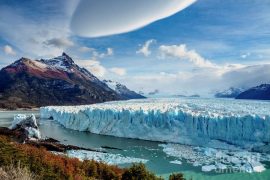Where exactly is Patagonia?
Where is Patagonia?
Well if you ask locals in Chile they’ll say it starts in Puerto Montt and heads south. If you ask the locals in Argentina they’ll say from San Carlos de Bariloche heading south. So who’s right? Well, they both are. Patagonia encompasses both Chile and Argentina, from these starting points all the way to the tip of the continent, approximately 3000km south.
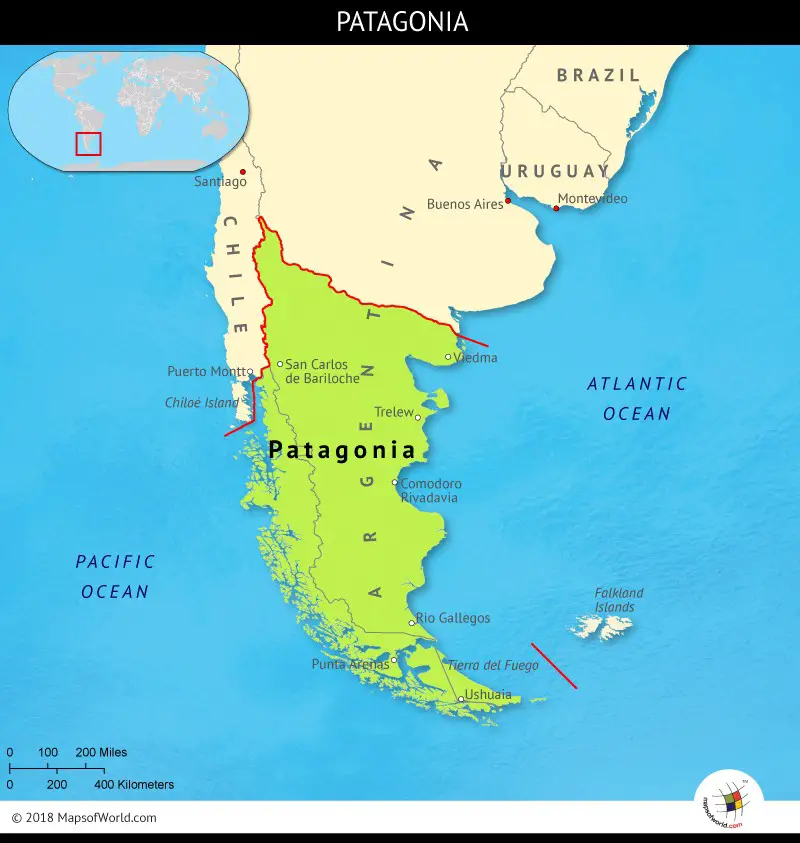
The one word Chileans and Argentines agree on in regards to Patagonia is SOUTH. When you look at a map it might not seem so far but let’s put it into global context; if you look at the world map and start driving from the tip of Africa drive south for the length of Cairns to Melbourne, or Paris to the middle of Russia, or New York to Las Vegas, you still would not be level on the map with the end of the South American continent. In fact, the only thing further south is Antarctica and that’s only 1000kms from South America’s tip!!
Viva’s most popular Patagonia Tours:
- Wild Patagonia:27-day epic journey we will travel the best of Southern Argentina and Chile. Follow the Andes as we explore the magnificent beauty of Patagonia on this spectacular road trip!
- Southern Patagonia: 13-day tour exploring remote Southern Patagonia, discovering some of South America’s finest national parks
- Essential Patagonia: 6 days exploring the Perito Moreno Glacier and the majestic Torres Del Paine National Park
How did Patagonia get its name?
The exact explanation of where the name Patagonia comes from is unclear. Most agree it has to do with the arrival in 1520 of Portuguese explorer Ferdinand Magellan.
When Magellan and his crew arrived at the southern section of the continent they often found big footprints on the shore and surrounding areas.
Bigfoot is known as “Patagones” in Portuguese and so Patagonia would be the “land of the big feet”. Rumours of giants roaming the land quickly spread. Now, this might sound like an old wives tale; giants roaming the land – how silly. However, at this time in history, thousands of indigenous people did, in fact, roam the land. Some groups, namely the Selknam/Onas were unusually tall (1.8m-1.9m) in relation to the Portuguese or Spanish (1.5m-1.6m). They were nomadic hunter/gathers and often made boots from the necks of guanacos. These boots would create a larger scale footprint in the sand…. perhaps mistaken for a giant??

Taking up almost half of Chile and a third of Argentina another word you’ll hear a lot of locals say about Patagonia is GRANDE or big. They don’t really do anything on a small scale down there. They have big volcanoes, big lakes, big glaciers/icefields and big national parks filled with big mountain ranges. It is an adventure playground on a giant scale.
What is in Patagonia?
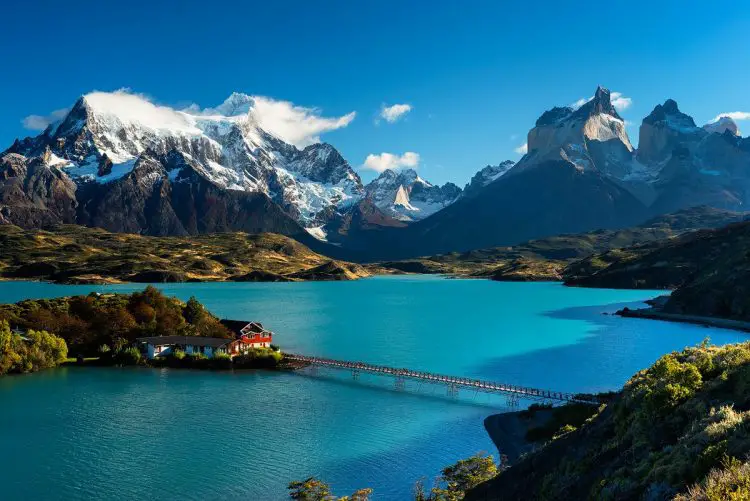
How to Travel to Patagonia
There are few bucket lists that don’t include a life-changing trek through Patagonia. In T+L’s comprehensive guide, we’ll show you how to see the forests, fjords, and legendary glaciers.
Southern Patagonia, which stretches across Chile and Argentina, has long lured travelers to what is very nearly the end of the world with its storied peaks carved by age-old glaciers and spellbinding landscapes. Here, in the countries’ national parks, are snow-capped mountains, cobalt fjords, and old-growth forests. At the southernmost tip of the Americas, icebergs rupture with a dramatic roar from ancient, massive glaciers.
Torres del Paine National Park in Chile and Argentina’s Los Glaciares National Park are the region’s top highlights, attracting hundreds of thousands of visitors per year. For a complete Patagonian journey, combine visits to both halves of the region. Of course, doing so requires a lot of logistical planning—especially during the high season. Here’s a comprehensive tip sheet to help you maximize your travels in this remote corner of the planet.
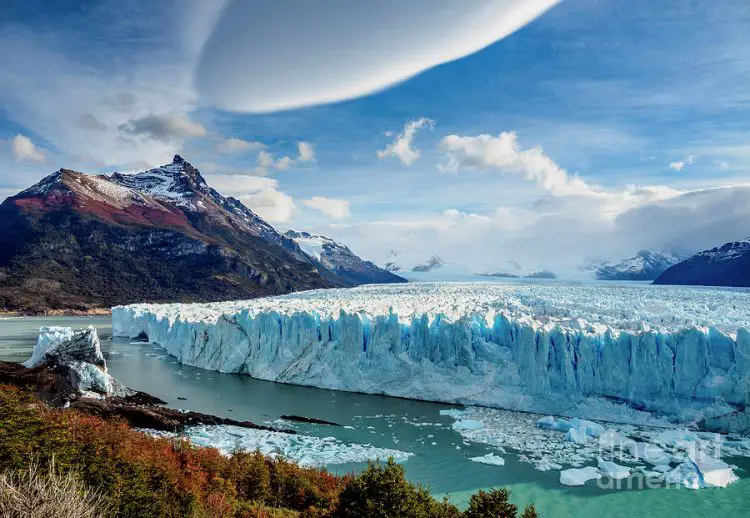
When to Go
In El Calafate and Torres del Paine, hotels normally operate from the Southern spring to fall (mid-September to early May). Just a few lodgings remain open year-round, such as the Explora hotel.
To avoid the crowds and still experience good weather, visit during the spring when the flowers are in bloom, or fall when the leaves are a fiery mosaic of red, orange, and yellow. The summer months (December—February) have the mildest weather, but keep in mind that temperatures rarely go above 70 degrees and the winds are strong.
Travelers should be aware that weather in Patagonia is highly unpredictable, particularly in spring and early summer. Weather and temperatures can fluctuate without warning and violent storms can sweep in from the Pacific. It’s helpful to pad your schedule with additional days in case you encounter inclement weather.
How to Get There
Since distances are quite large in Chile and Argentina, you will need to fly Patagonia (unless you have several weeks for a road-trip). Airline seats fill up quickly during peak season (December—February), so you should purchase tickets as far in advance as possible: Six months is ideal. For other months in the high season (October until early May), book three months ahead to avoid steep fares and limited options.
In Chile, LATAM Airlines serves southern Chilean Patagonia year-round with daily flights between Santiago and Punta Arenas with a flight just over three hours in duration. Round-trip fares start from $130 when purchased in advance.
This December, the airline will introduce two weekly round-trip flights (3 hours 10 minutes) between Santiago and Puerto Natales. Return flights stop in Punta Arenas. The frequency will increase to four weekly flights in January and February, with fares starting at $130.
Weather in Patagonia
Weather in Patagonia is really unpredictable with several distinct climatic regions with wide extremes of temperature, sunlight and rainfall. Travelers should come well prepared for all weather conditions regardless of when you choose to travel.
The information below is a general description of what the weather is like depending according to each zone.
North Atlantic:
In this zone western winds predominate and, on the coast there are frequent sea storms. The air is very dry, rains reach up to 10 inches (250 annual millimeters) and there is no snow. The temperature of the marine waters is pleasant, since the temperature of the marine waters is pleasant, since the coasts are bathed by the southern end of the warm current of Brazil.
South Atlantic:
Climate can be described as that of an arid plateau. Rainfall ranges from 8 to 12 inches (200 to 300 annual millimeters), with no presence of snow. The winds from the west and the south are almost constant. The temperature of the marine water is very cold.
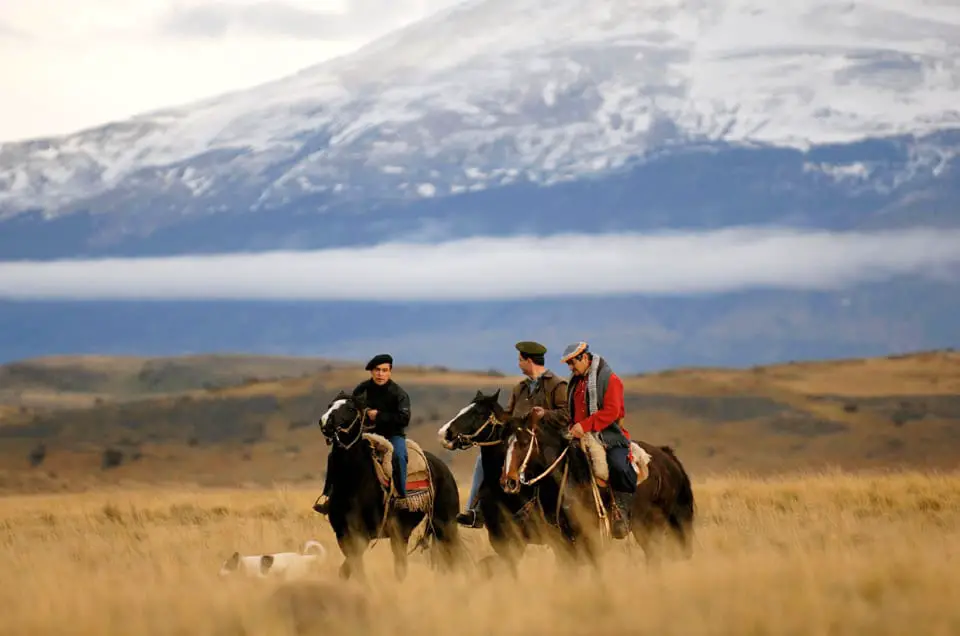
Tierra del Fuego:
Here the sea and the mountains help to moderate the climate. In the zone of River Grande the winds from the west blow at an average speed of 15.5 mph (25 km/h) with blasts of up to 124 mph (200 km/h), with few periods of calm. In Ushuaia. the southwestern wind predominates, at 37 mph (59 km/h) average speed with blasts of up to 62 mph (100 km/h), but with longer calm periods. Near the Beagle Channel cloudy skies are common.
Northern Lakes:
The climate goes from very humid in the mountain range to humid in the beginning of the plateau. Rains get stronger towards the west, and with abundant presence of snow in winter.
Glaciers:
It is a zone of pre-mountain and mountain ranges with presence of rain becoming more and more abundant. In winter, there is a lot of snow and the mountain ranges helps to moderate the winds.
The Best Time to Travel to Patagonia?
It is said that the best time to visit Patagonia is during summer months of December to February but you can travel in many areas of northern Chile and Argentina throughout the year. The main season is in October-March when average daytime ranges from 65°F in the sun to the low 40°s.
Summer (December, January & February):
We highly recommend to visit Patagonia during summer (December to March), since it is the warmest time of year, of course, with average high temperatures of around 15°C but in this time infamous winds are at their strongest and can reach over 120 miles an hour. Visiting Patagonia during these months will reward you with the best weather. Although in summer you’ll compete with heavy crowds during this peak season. The months preceding and following the summertime has its own attractiveness.
Fall (March, April & May):
Fall rewards travelers with the most beautiful colors as trees begin to shed their leaves for the upcoming winter season, but the winds while still potentially wild – tend to be less severe.
It is a pleasant time to go photographing wildlife and landscapes and marvel on the Patagonia’s changing plant life. Winds are not as strong as they are in the spring, and both hotel rates and summer crowds begin to wane. Daily highs fall into the 40’s and 50’s, making comfortable conditions for exploration.
The Patagonian Desert
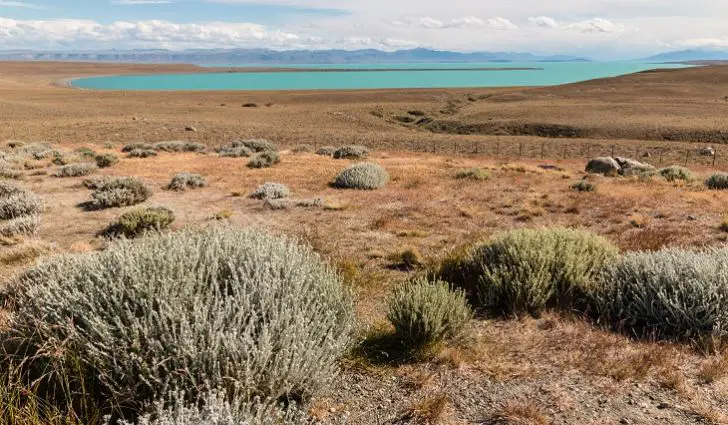
The Patagonian Desert stretches across an area of 673,000 square kilometers in the southern part of mainland Argentina and parts of Chile. The desert, also known as the Patagonia Steppe or Magellanic Steppe, is bounded by the Patagonian Andes to the west, the Atlantic Ocean to the east, and the Colorado River to the north. Though the Strait of Magellan can be regarded as the southern boundary of this desert, the same desert landscapes extend further down into the Tierra del Fuego region. The topography of the Patagonian Desert is wide and varied, comprised by tablelands, massifs, valleys, canyons, and lakes of glacial origin.
Historical Role
The Patagonian Desert was inhabited by hunter-gatherers since a long time ago. The Tehuelche Indians were the original settlers of this land, and there settlements here probably existed as far back as 5,100 years ago. Guanaco and rhea were the most important animals hunted by these ancient native tribes. Later, first the Spaniards, and then the English, tried to establish colonial settlements along the Patagonian coastal region in the late 18th and early 19th Centuries, but permanency of these settlements failed to exist.
Years after the independence of Argentina, the native Indians were ousted from the Patagonian region during the Conquest of Desert Campaigns in the 1870s waged by the Europeans. The new settlers primarily occupied the region to exploit its enormous wealth of natural resources, including the vast mineral deposits of the region. Animal agriculture also was adopted as a source of livelihood by these new desert dwellers.
Modern Significance
The Patagonian Desert attracts a large number of tourists each year to Argentina. The presence of rare, unique, and often endemic flora and fauna, coupled with the rugged, wild beauty of the Patagonian landscapes, has fostered the creation of a large number of national parks in the area, and these are serving as major tourist attractions. Scientific researchers and geologists also visit the area to study the ecology, glaciology, and mineral wealth of this desert’s habitats.
The steppe vegetation of the desert supports a large community of livestock, especially sheep, which are reared by the ranchers living and working in the Patagonian Desert region. Peaches, almonds, alfalfa, dates, olives, and grapes are some of commercially significant crops cultivated here. The Patagonian Desert also hosts vast mineral reserves of iron ore, manganese, uranium, zinc, copper, and gold.
DID YOU KNOW…
– Bariloche sits on the shores of the massive 65,000 hectares Lake Nahuel Huapi. Curiously this lake is home to the kelp gull and the blue-eyed cormorant who are strictly marine birds
– Lake Nahuel Huapi is home to Huemul Island. In the 50s Arg secretly tried to build the world’s first nuclear fusion reactor.
A false statement of success sparked an international ???? over fusion research.
– A small indigenous Mapuche community near Leleque, Argentina is in a lengthy legal battle with international clothing corporation Bennetton over land rights.
– In 1895 the well-preserved remains of a Milodon were found in a cave near Puerto Natales in Chile. This animal was twice the height of a human with the body of a grizzly bear, the tail of a kangaroo and the hands and face of a sloth.
– The Hanging Glacier of Queulat National Park in Chile is also home to a four-eyed toad.melin

